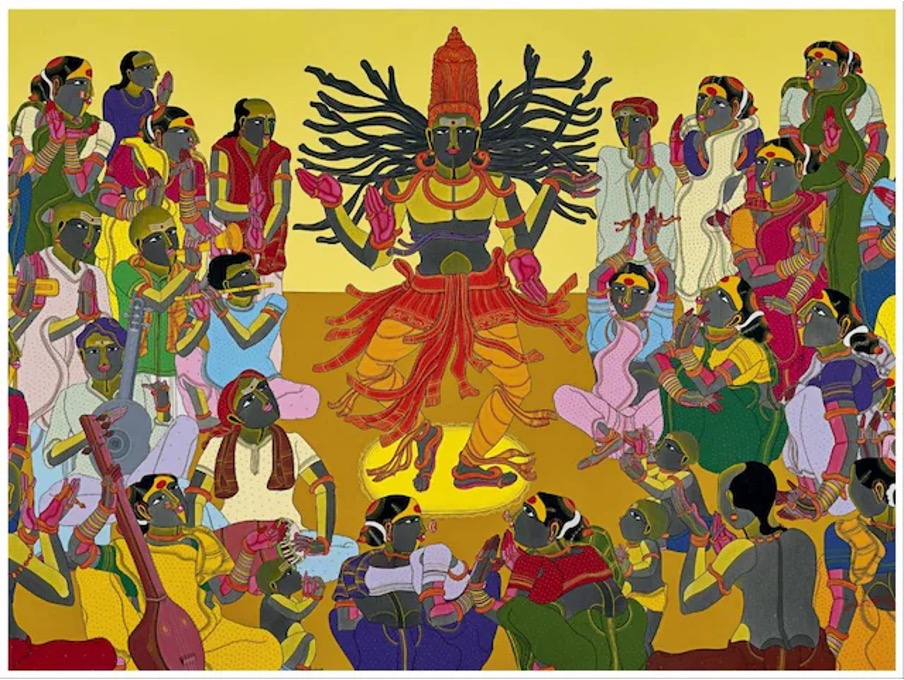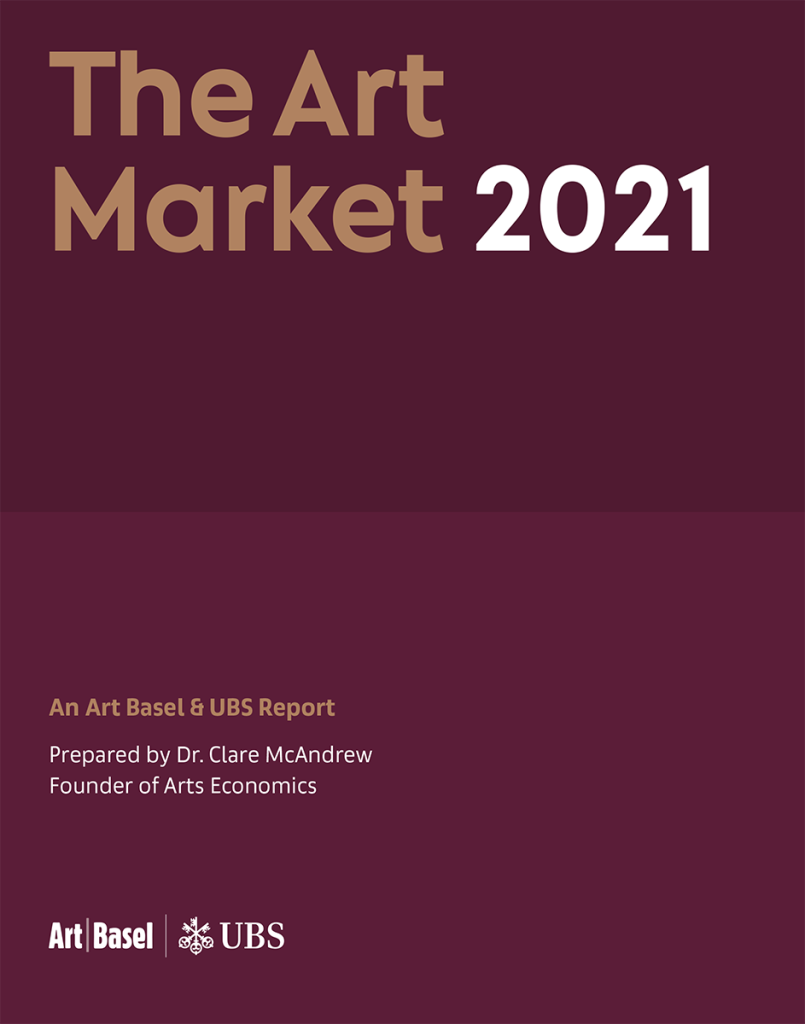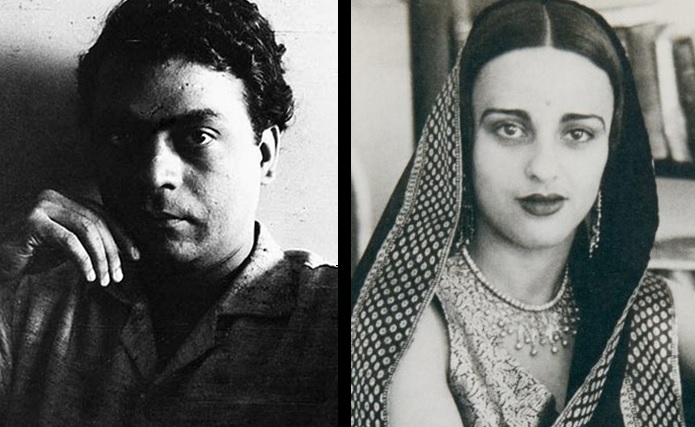It is a season of records for Indian art. On August 31, SH Raza’s “Gestation” became the most expensive Indian painting sold at an auction. Ten days later, Amrita Sher-Gil broke his record with her 1937 oil on canvas titled “The Story Teller”.
The Current State of the Indian Art Market
The Indian art market is going through a period of exponential growth. The recently released ‘State of the Indian Art Market Report FY23’ by Grant Thornton Bharat and Indian Art Investor indicates that the industry garnered a total turnover of Rs 1,146 crore ($144.3 million) through the sale of 3,833 works in FY23. This, compared to the report of FY21, which indicated a collective turnover of Rs 880.9 crore, shows that the Indian art market has been witnessing consistent growth. The fact that this number stood at a mere Rs 13 crore in 2000 reflects the mammoth progress of the Indian art market in the last two decades.
Factors Contributing to Noticeable Changes in Indian Art Sales
Several driving forces have fuelled this surge. One of the key catalysts is the increasing significance of art as both a status symbol and a medium for cultural expression. As India’s economy continues to expand and purchasing power grows, more young individuals are recognising art collections as a means to showcase their refined tastes and acquire assets that appreciate in value over time.
Additionally, the widespread availability of digital platforms has played a pivotal role in connecting young art collectors with the art world. Online platforms, including auction houses, offer accessibility, convenience, and a vast array of artworks. These platforms make it easy for collectors to explore a diverse range of artists and styles from various eras. The rise of young art collectors has been propelled by the increasing global recognition of Indian art, which has highlighted the potential for significant returns on investment in Indian art. Another contributing factor to the emergence of this new class of collectors is their generational inclination toward more spontaneous purchases.
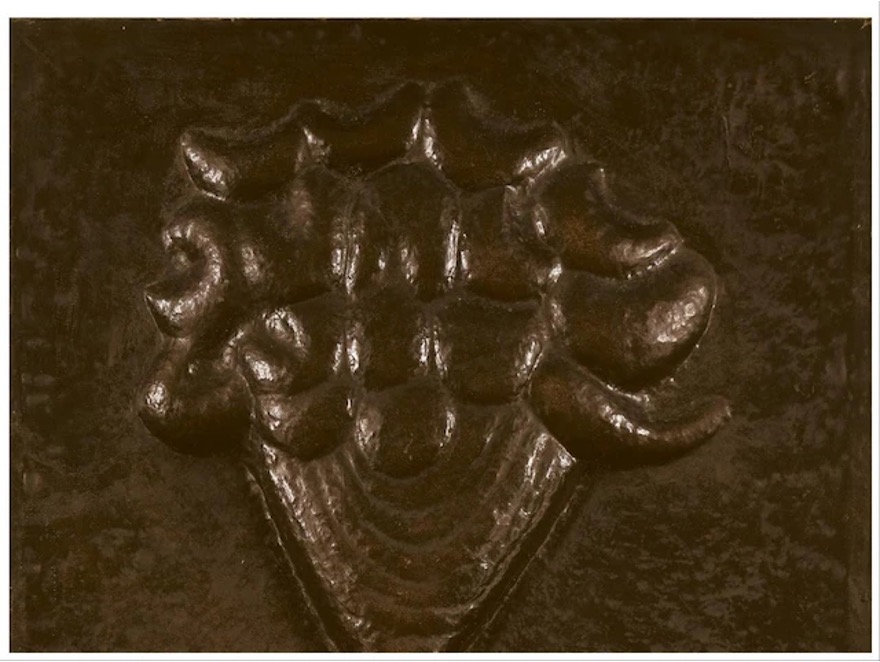
Surge in Recent Art Auctions
The increase in the number of art auctions in India can be attributed to a confluence of factors. Firstly, there’s a growing interest in art as an alternative investment, driven by the potential for substantial returns. Additionally, the rise of the Indian economy has led to increased disposable income, allowing more individuals to participate in the art market. Furthermore, the global recognition of Indian artists, coupled with the ease of access to art through digital platforms, has expanded the pool of potential buyers. This perfect storm of economic prosperity, global exposure, and shifting perceptions of art as an asset has contributed to the proliferation of art auctions in the country.
Increase in the Number of Galleries in India
Indian cities, particularly Mumbai, Delhi, and Bengaluru, saw the establishment of numerous art galleries and exhibition spaces. This increased the visibility of Indian artists and created more opportunities for art sales.
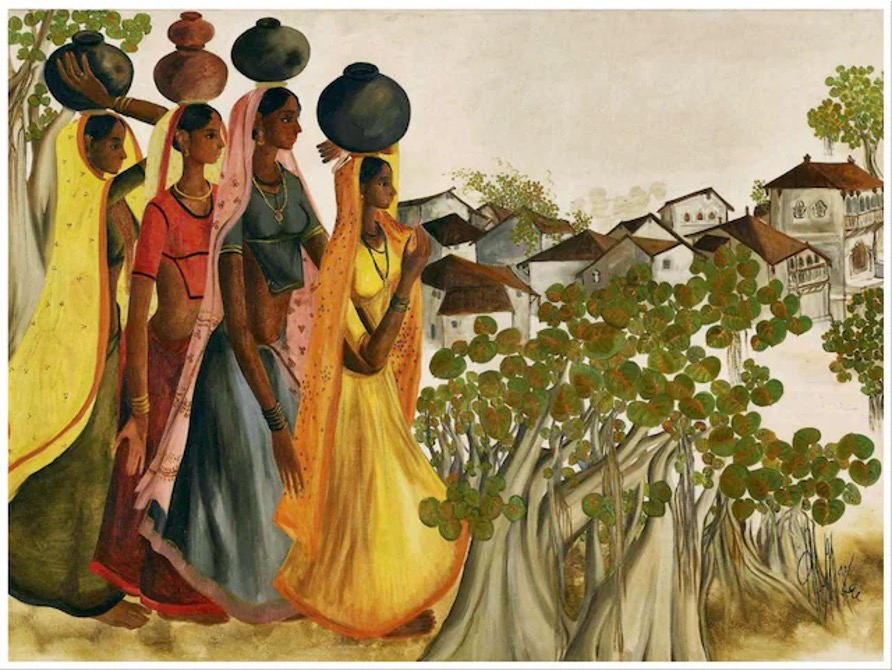
Increase in the Number of Collectors from India
The landscape of art buyers in India has undergone a remarkable transformation over the years, mirroring changing trends, demographics, and market dynamics. With the surge of technological advancements and significant infrastructural development in non-metro areas, the country has witnessed a substantial increase in emerging entrepreneurs and high-net-worth individuals. Consequently, the realm of art collecting has expanded beyond its traditional boundaries, extending beyond industrialists.
A notable development is the emergence of a prominent cohort of young collectors in their 30s and 40s. They are propelled by increasing incomes, exposure to global art trends, and a profound interest in contemporary art. While conventional art forms continue to maintain their significance, there is a discernible shift towards contemporary art, creating a platform for artists to address contemporary issues and experiment with innovative mediums.
Role of Online Auctions in Attracting New Collectors
Online auctions have revolutionised the art market by acting as a magnet for new collectors. These digital platforms offer unprecedented accessibility, drawing in a diverse and global pool of art enthusiasts. Through user-friendly interfaces and detailed artwork descriptions, they break down barriers to entry, making art more approachable for novices.
The transparency provided, with comprehensive documentation and historical context, fosters trust among newcomers who may be unfamiliar with the intricacies of the art world. Online auctions also cater to varied tastes, offering a wide array of artworks, genres, and price ranges, ensuring that virtually anyone can find something that resonates with them.
Indian Art Market vs International Markets
The Indian art market occupies a unique position within the global art scene, characterised by its rich cultural heritage, diverse artistic traditions, and a growing pool of talented artists. when compared to other international art markets like New York, London, or Hong Kong, it exhibits several distinct features and challenges.
Firstly, the Indian art market is often considered more nascent and less mature than its Western counterparts. While it has been steadily growing, it still lacks the depth and liquidity seen in major global art hubs. Auction sales, gallery exhibitions, and art fairs in India are generally smaller in scale.
Furthermore, the global art market is interconnected. Trends in international art markets, changes in demand from collectors worldwide, and shifts in the preferences of global art investors can influence the Indian art market. Indian artists and their works are increasingly being recognised and exhibited globally, contributing to the country’s prominence in the international art arena.
So, one can say that while the Indian art market has its own unique strengths and challenges, it remains closely connected to global economic and geopolitical developments.
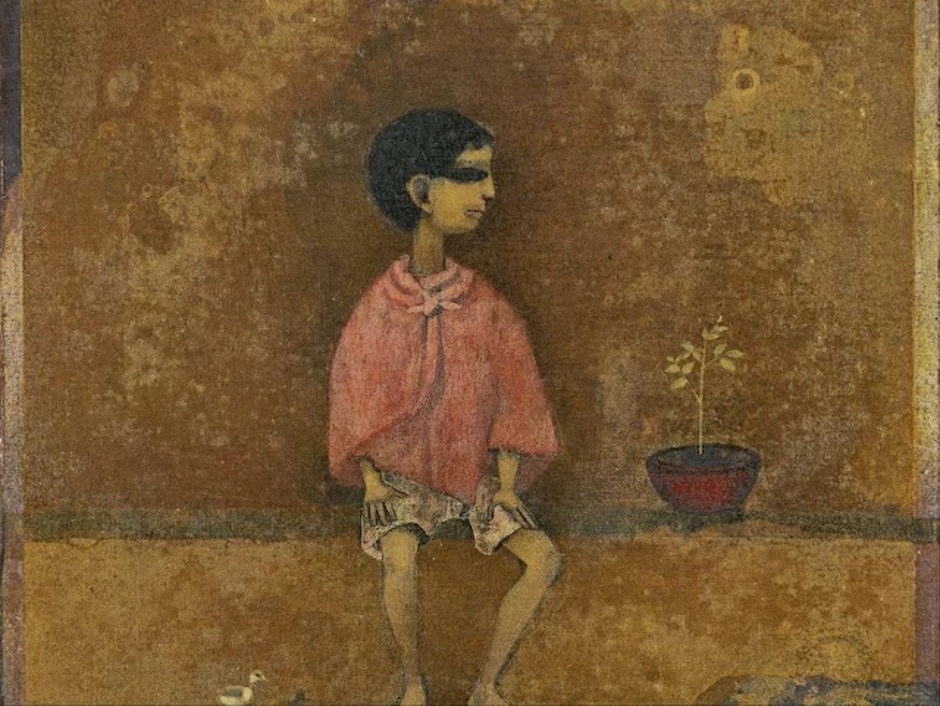
Future of Indian Art as an Investment
In recent decades, the art market has evolved into a profitable option for alternative investments. According to the latest findings from the Knight Frank Wealth Report, affluent individuals realised an annual return of 29 per cent on their art investments in the year 2022. Amongst the various segments, modern and contemporary art have stood out as particularly appealing to investors seeking assets that not only yield substantial returns but also provide diversification advantages. This trend can be attributed to several key factors, including the expanding global reach of the art industry, the emergence of wealthy art collectors, and the increasing recognition of art as a distinct asset class.
Read Also:
The Fine Art of Selling: Indian Artworks Fetching Record Prices

Contributor


